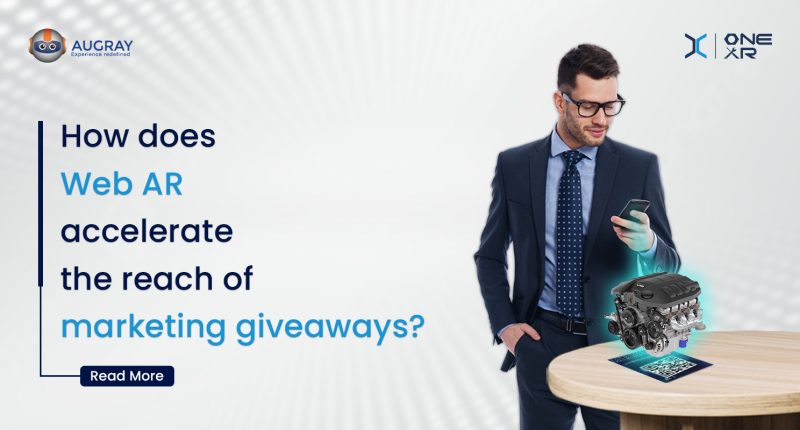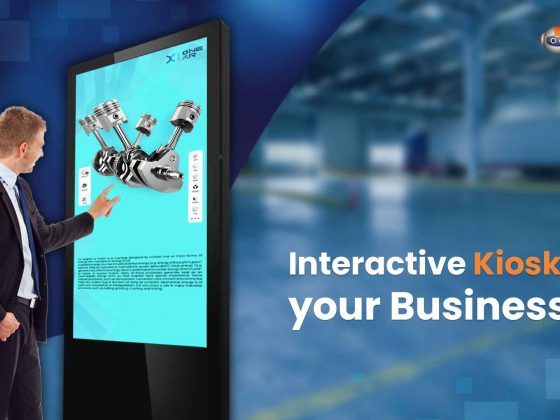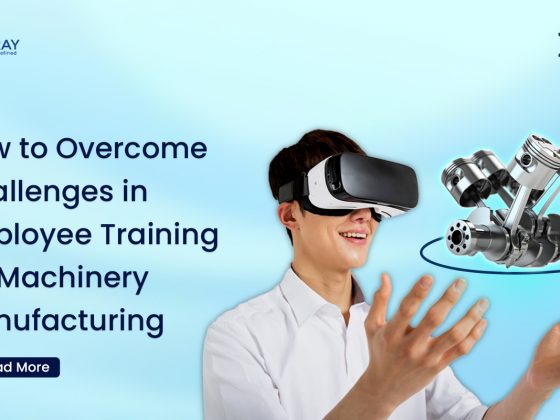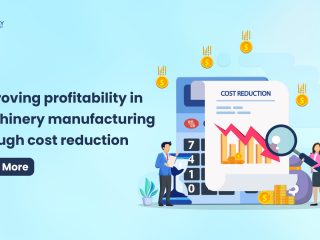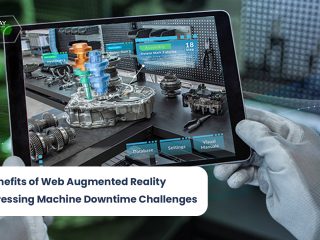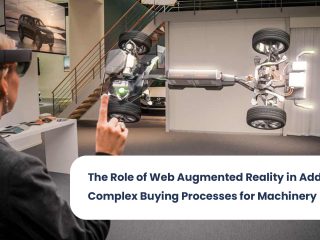In the world of B2B manufacturing, creating brand recall and registration in the minds of potential customers is crucial for driving sales. One effective way to achieve this is through print marketing, which often involves the distribution of brochures, flyers, and other collaterals at trade shows and events.
To make a lasting impression on prospects, companies often use gifts and giveaways to increase brand awareness and create a positive association with their brand. These items, such as branded pens, tote bags, and water bottles, serve a practical purpose while acting as a physical reminder of the company long after the event.
For example, a company that manufactures industrial machinery attends a trade show. To stand out from the competition, they give away branded tote bags to attendees. Apart from posing as trade show swag to carry around, the bags also have the company’s logo prominently displayed, making it more likely that the attendee will remember the company after the event.
However, measuring the ROI and effectiveness of these marketing efforts can be challenging. While brand recall and registration are important metrics, they can be difficult to track accurately. This is where Web AR technology comes in.
By using Web AR to enhance print marketing efforts, companies can create a unique and memorable experience for prospects that increases brand recall and makes a lasting impression. For example, a brochure with a Web AR overlay can provide an interactive experience that is more engaging and memorable than a static print piece.
To illustrate, let’s go back to the industrial machinery manufacturer. Instead of a traditional brochure, they create one with a Web AR overlay that allows prospects to see a 3D animation of their machinery in action. This provides a more engaging experience than a static brochure and helps potential customers better understand the capabilities of the machinery.
Moreover, Web AR can help prospects during the awareness and consideration stage of the sales process. By providing interactive product demos and tutorials, companies can educate potential buyers and increase their understanding of the product or service offered. This can lead to a more informed buying decision and ultimately drive sales.
For example, a company that manufactures medical devices attends a trade show. Instead of simply handing out brochures about their products, they create a Web AR demo that allows prospects to see the medical device in action and understand how it works.
This creates a more engaging experience while helping potential customers better understand the benefits of the device and its uses. In today’s competitive landscape, B2B manufacturing companies need to leverage all the tools at their disposal to create a lasting impression on prospects.
By utilizing gifts and giveaways as a source of influence and enhancing print marketing efforts with Web AR technology, companies can increase brand recall and registration in the minds of potential customers and ultimately drive sales.
